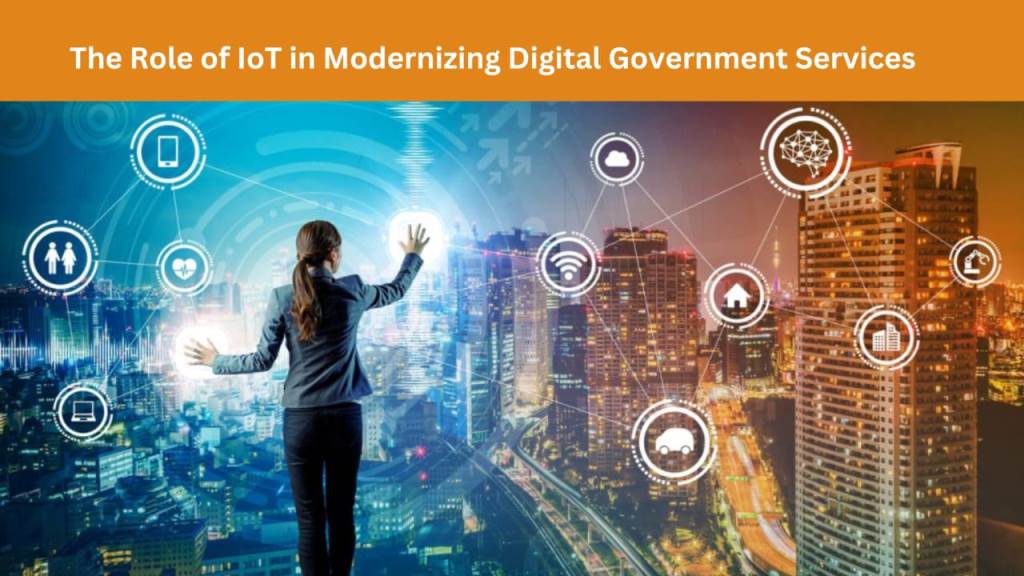Neglected user-centricity? The oversight in government platform development
Published on October 26, 2023
What is the difference between designing a government website and a business website?
Designing a government website versus a business website is like comparing apples and oranges.
It’s not just about the target audience; it’s about the fundamental purpose and responsibility that these two types of websites carry.
When it comes to a business website, the main objective is pretty clear – making money!
Of course, it’s important to provide a good user experience and ensure conversions, but the primary focus is on appealing to a specific customer segment and driving sales.
That’s business, and I get it.
Now, let’s talk about government websites.
These platforms should be the epitome of inclusivity and accessibility.
Governments exist to serve ALL citizens (not just the ones who are tech-savvy or economically well-off.)
It’s about providing vital services and information to the elderly, the disabled, the less educated, and even those who might not have access to the latest gadgets or a stable internet connection.
Where to focus when building government portals?
When it comes to building government portals, it’s crucial to focus on the aspects that truly matter to citizens.
Unfortunately, what I’ve noticed is that many digital government portals fall short in some key areas, and it’s time we address these issues head-on!
Firstly, responsive design is an absolute must
Seriously, how can we expect to serve ALL citizens if websites don’t work seamlessly on different browsers and devices?
It’s frustrating to see government portals that are practically unusable on mobile phones or outdated browsers.
They must prioritize responsiveness so that citizens can access vital information and services no matter what device we use.
Bilingual websites are not just a nice-to-have
They are a necessity.
In many countries, multiple languages are spoken, and not everyone is fluent in the official language. And lets not forget people from other countries wanting to visit that country are also users!
By providing an intuitive (very important keyword) bilingual experience, we can bridge communication gaps and ensure that everyone can understand and interact with government services easily.
Now, let’s talk about cybersecurity
This is not something to be taken lightly.
Government portals deal with sensitive data and personal information.
Unfortunately, a single data breach can have far-reaching consequences for citizens.
I need to know that the government has invested in robust cybersecurity measures to protect my data and maintain my trust in its services before I try to engage and access any public service.
Visual coherence and consistency
This might seem like a minor concern, but it speaks volumes about how seriously we take our digital presence.
Imagine visiting a government portal where each page looks like it’s from a different era or was designed by a different person.
It’s disorienting and unprofessional….which leads to me NOT trusting the site or portal.
A visually cohesive website reflects an organized and efficient government, while inconsistency raises doubts about reliability.
Simple as that.
Content and language are vital aspects too
Let’s face it… government jargon can be confusing and alienating.
A government website should use clear and straightforward language, free from bureaucratic fluff.
Moreover, I believe that a government website should be a shining example of user-centric design.
It should constantly seek feedback from citizens and evolve based on their needs.
After all, it’s the taxpayers who fund the government, and they deserve a seamless and intuitive experience when interacting with it online.
Final remarks
In conclusion, designing government portals should be a mission-driven endeavour fueled by a passion for serving the citizens and making their lives better.
It’s not just about ticking boxes or meeting minimum requirements; it’s about going above and beyond to create platforms that truly empower and connect with people.
Leaders must ask themselves, “Are we doing ENOUGH to ensure that every citizen, regardless of their background or abilities, can access and benefit from government services online?”
The answer (in my opinion) is often a “No.”
It’s not acceptable to have websites that exclude portions of the population or leave people struggling to navigate convoluted interfaces.
A well-designed and user-centric government portal is a reflection of a government that cares and is committed to serving the people with utmost dedication.
About the Author
Mohammad J Sear is focused on bringing purpose to digital in government.
He has obtained his leadership training from the Harvard Kennedy School of Government, USA and holds an MBA from the University of Leicester, UK.
After a successful 12+ years career in the UK government during the premiership of three Prime Ministers Margaret Thatcher, John Major and Tony Blair, Mohammad moved to the private sector and has now for 20+ years been advising government organizations in the UK, Middle East, Australasia and South Asia on strategic challenges and digital transformation.
He is currently working for Ernst & Young (EY) and leading the Digital Government practice efforts across the Middle East and North Africa (MENA), and is also a Digital Government and Innovation lecturer at the Paris School of International Affairs, Sciences Po, France.
As a thought-leader some of the articles he has authored include: “Digital is great but exclusion isn’t – make data work for driving better digital inclusion” published in Harvard Business Review, “Holistic Digital Government” published in the MIT Technology Review, “Want To Make Citizens Happy – Put Experience First” published in Forbes Middle East.
More from Mohammad J Sear





